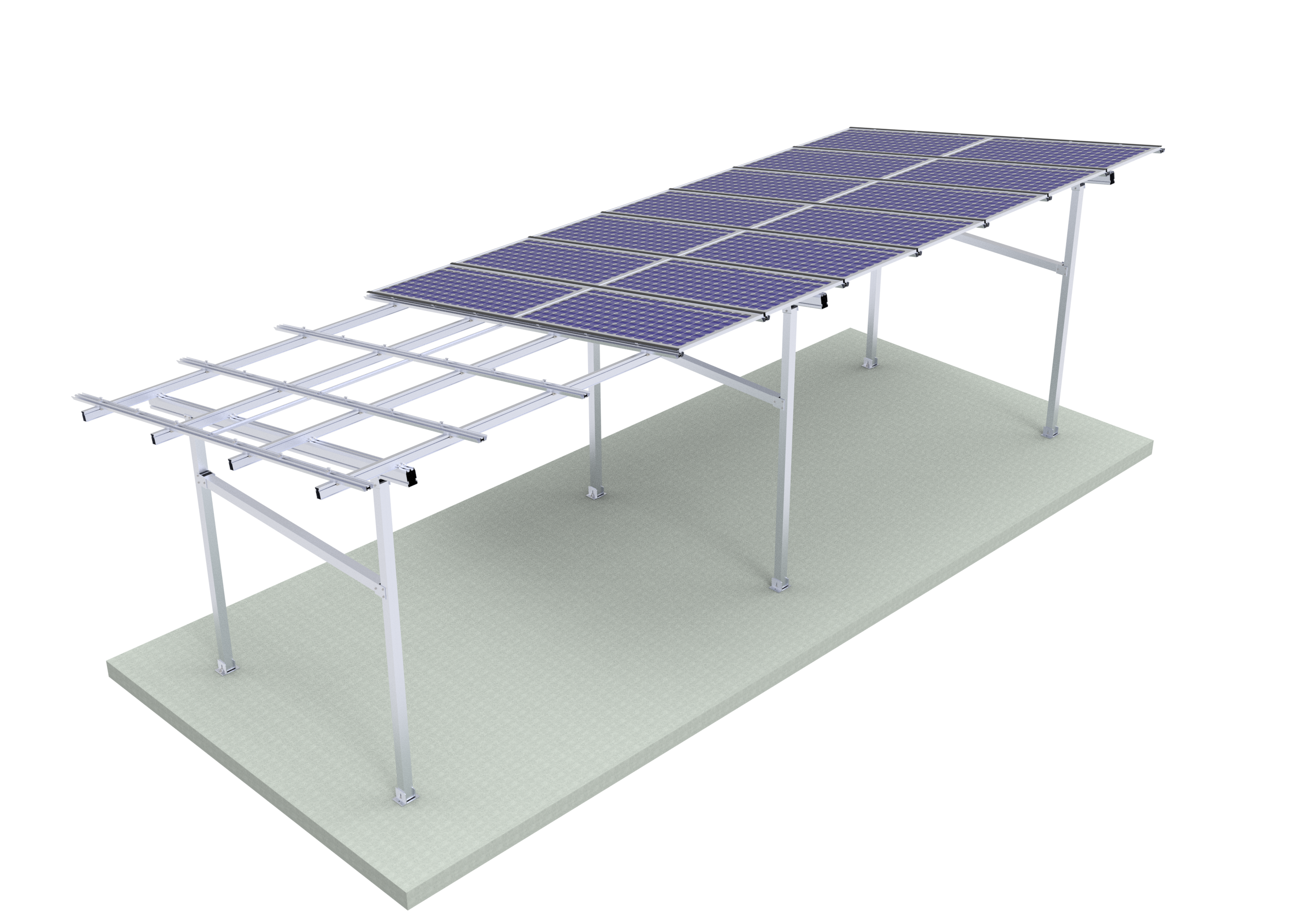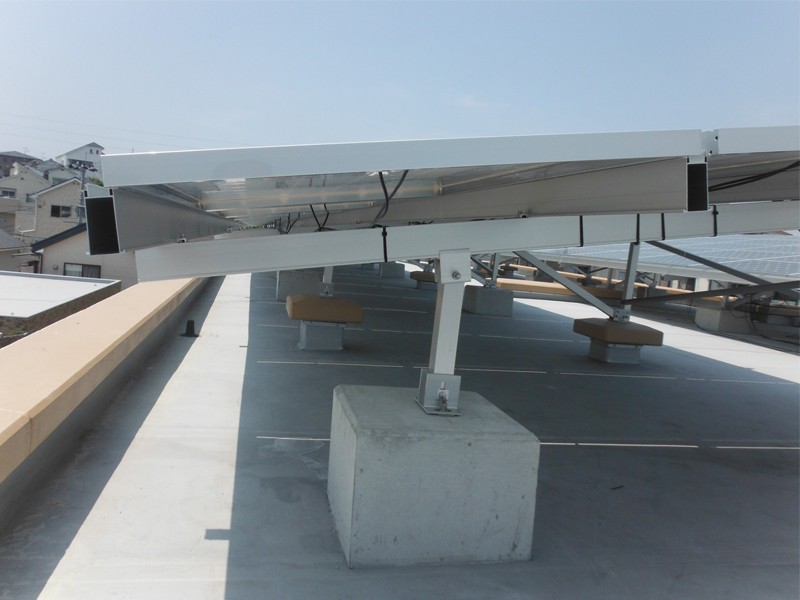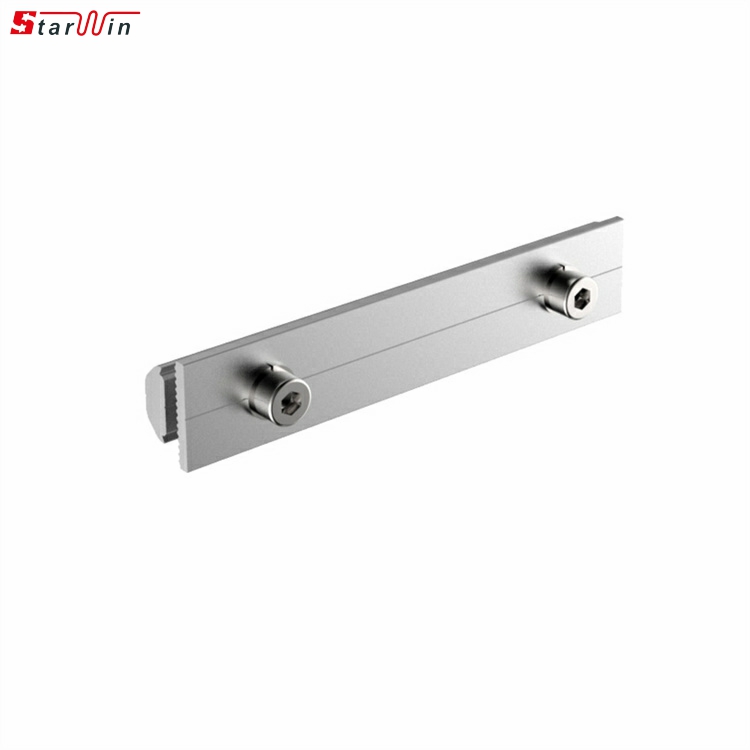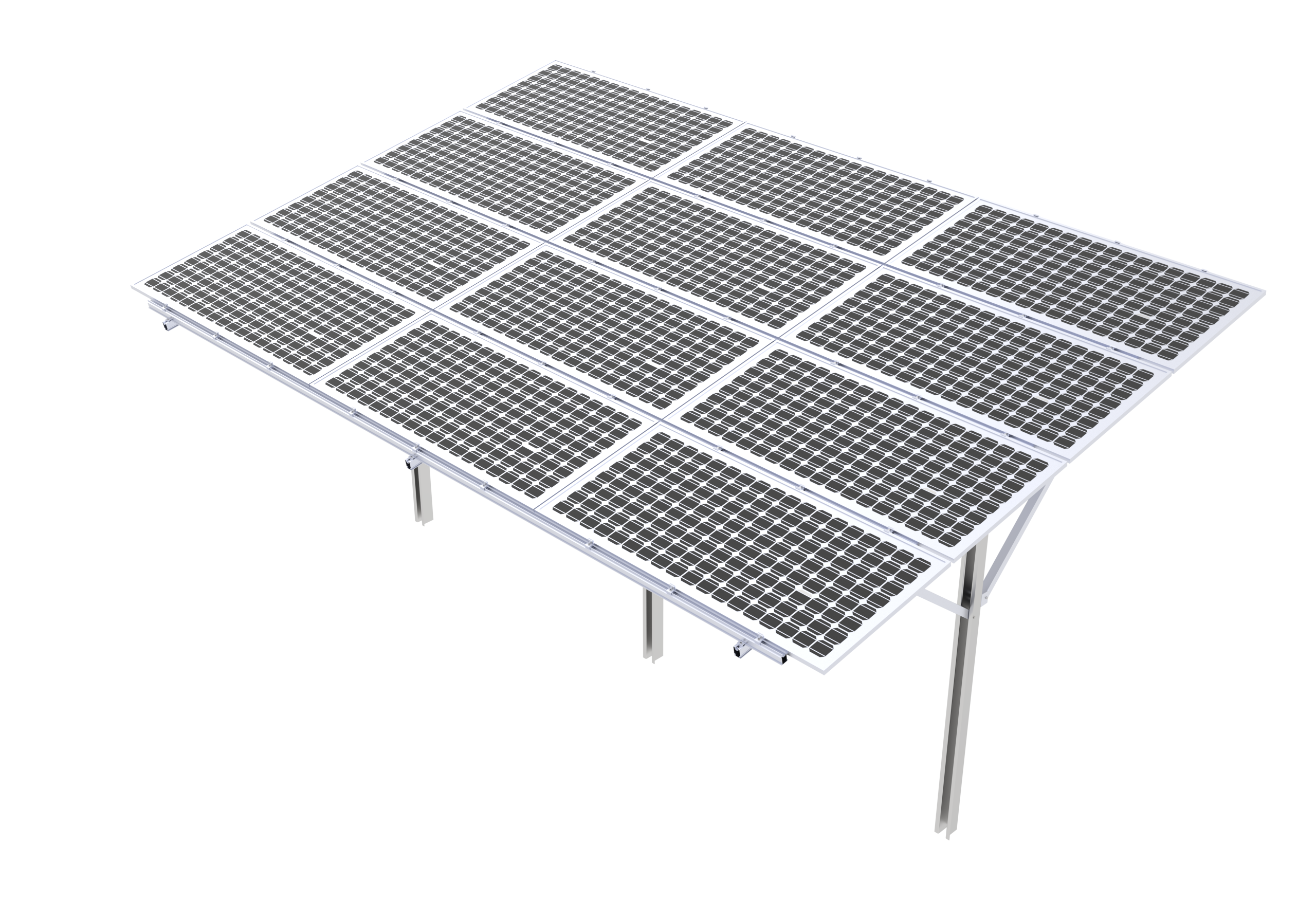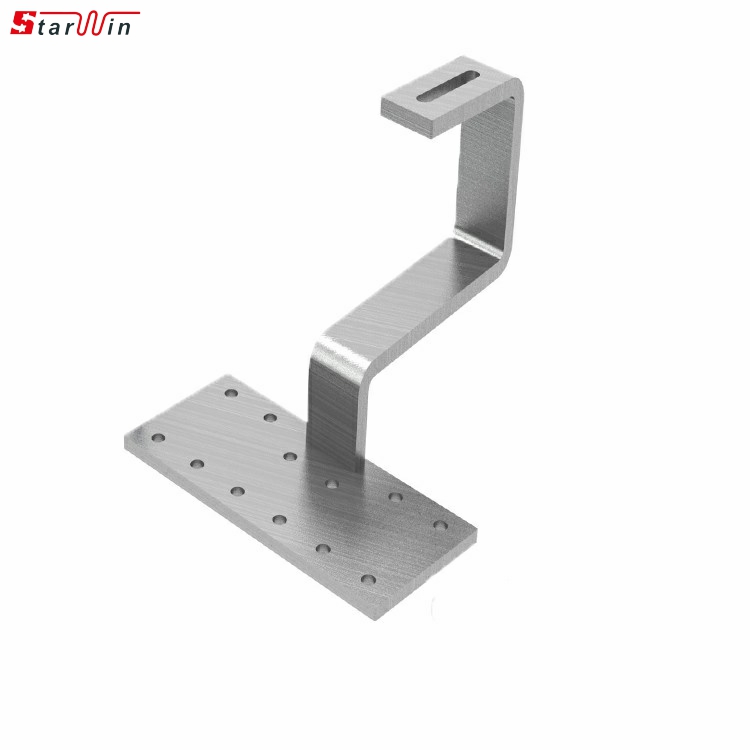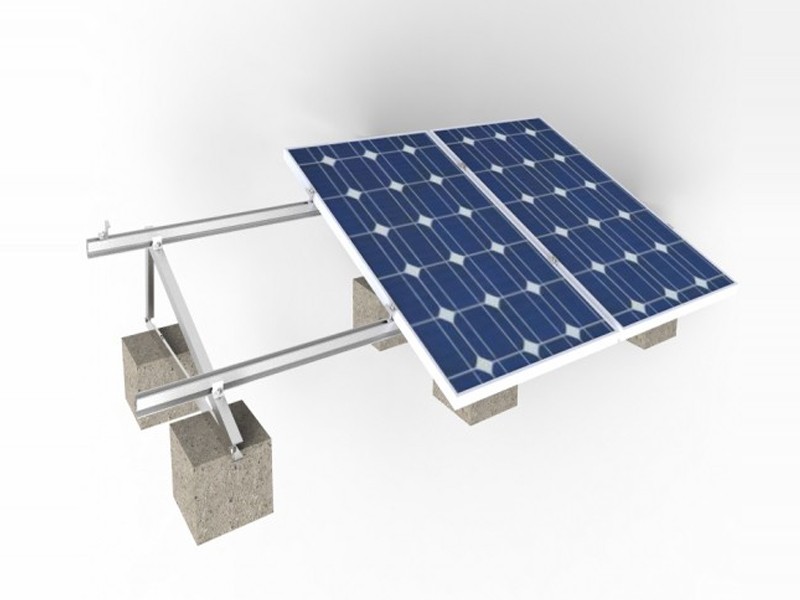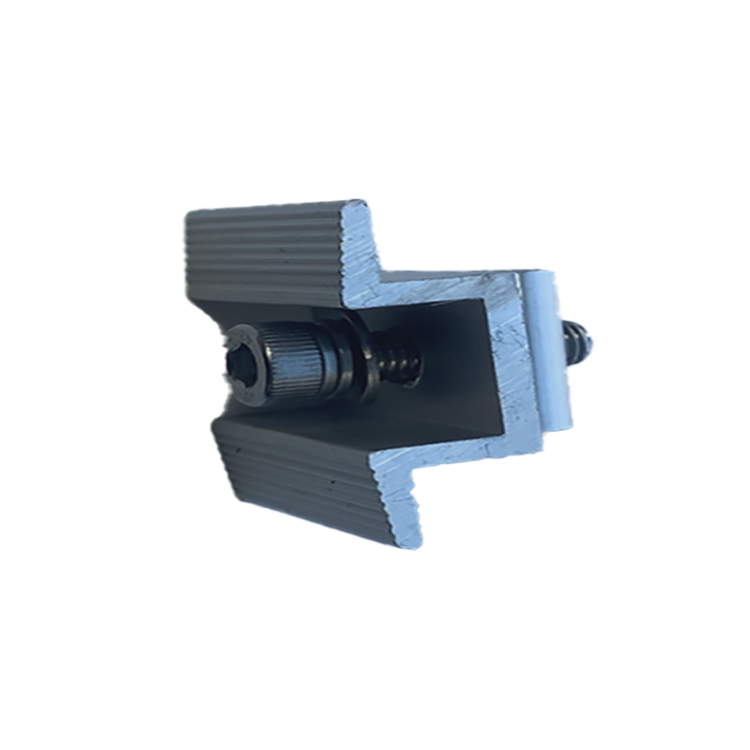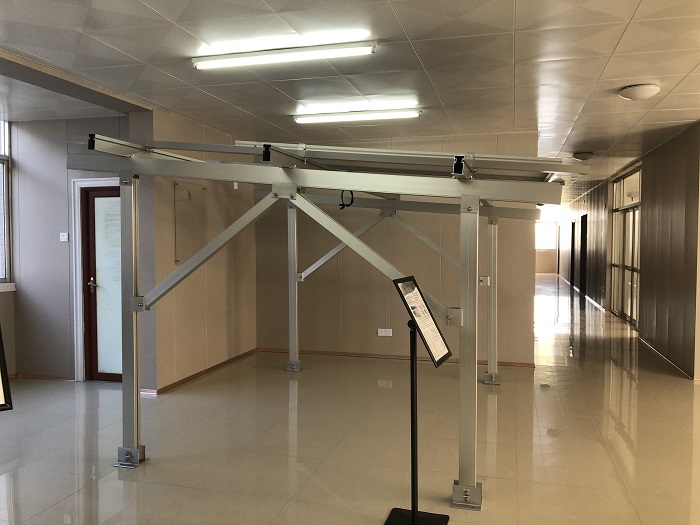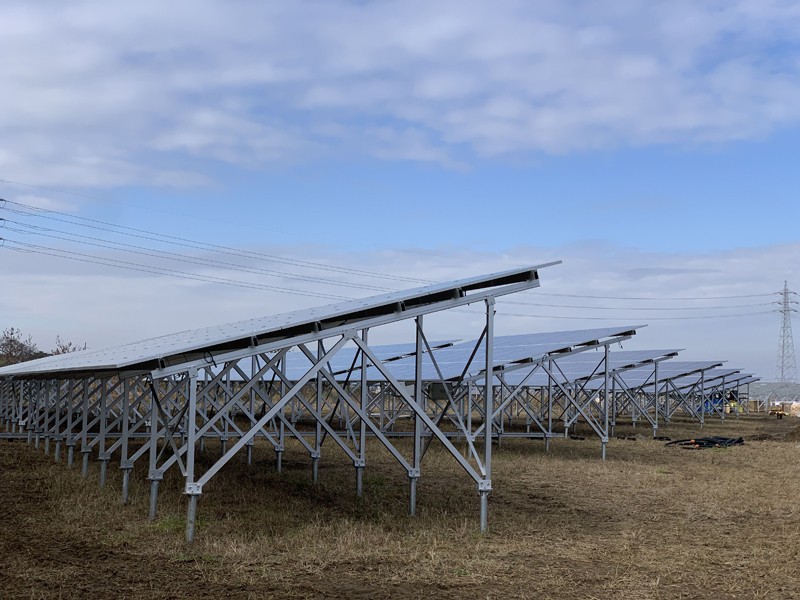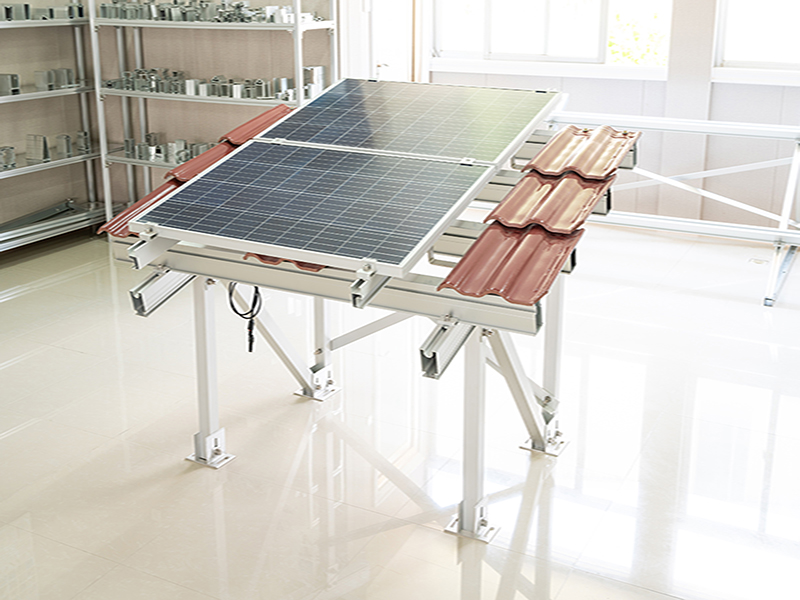The Future of Renewable Energy: Exploring Floating Mounting Structures for Solar Power
Introduction
As the demand for sustainable energy solutions continues to grow, innovative technologies are emerging to maximize efficiency and land utilization. One such groundbreaking advancement is floating mounting structures, which provide an alternative to traditional solar installations by utilizing water surfaces. This approach not only addresses land scarcity but also enhances solar panel performance due to natural cooling effects. In this article, we explore the benefits, applications, and key considerations of floating solar mounting systems, along with an in-depth look at how they contribute to the future of renewable energy.
Understanding Floating Solar Mounting Systems
What Are Floating Mounting Structures?
Floating mounting structures are specially designed platforms that support solar panels on bodies of water such as lakes, reservoirs, and ponds. These structures allow solar farms to expand without occupying valuable land resources. By using high-density polyethylene (HDPE) or other durable materials, floating solar systems ensure stability, longevity, and resistance to environmental factors.
Advantages of Floating Solar Panels
Floating solar panels offer several advantages over land-based systems. Firstly, they help conserve land for agricultural and residential use. Secondly, water bodies provide a natural cooling effect, which enhances solar panel efficiency by reducing thermal stress. Additionally, floating solar farms reduce water evaporation, making them particularly beneficial for areas prone to drought. These advantages make floating mounting structures an attractive option for large-scale solar projects.
Key Considerations for Implementing Floating Solar Systems
Site Selection and Feasibility
Before installing a floating solar system, conducting a thorough site assessment is crucial. Factors such as water depth, surface stability, and wind resistance must be evaluated to ensure the system’s durability. Additionally, local regulations and environmental impact assessments should be considered to comply with sustainability guidelines.
Structural Design and Material Selection
The success of a floating solar mounting system depends on its structural integrity and material quality. High-density polyethylene (HDPE) is commonly used due to its resistance to UV radiation and corrosion. The design must account for wave action, anchoring techniques, and load distribution to ensure the panels remain secure and operational even in harsh weather conditions.
The Future of Floating Solar Technology
Integration with Energy Storage Systems
As renewable energy adoption increases, integrating floating solar systems with energy storage solutions is becoming a priority. Battery storage allows for consistent energy supply, even during periods of low sunlight or high demand. This combination enhances grid stability and ensures a reliable power source for various applications.
Expansion into Offshore and Coastal Areas
While floating solar farms are currently installed on inland water bodies, there is growing interest in deploying them in offshore and coastal regions. Advances in technology are making it possible to design floating structures that can withstand ocean currents and saltwater corrosion. This expansion could significantly boost global renewable energy capacity and reduce dependence on fossil fuels.
Conclusion
Floating mounting structures are revolutionizing the solar industry by providing an innovative and sustainable solution for energy generation. By utilizing water surfaces, these systems address land scarcity while improving efficiency and water conservation. As technology advances, the integration of floating solar with energy storage and offshore deployment will further enhance its impact. To learn more about floating solar solutions, visit Starwin Solar’s Floating Solar Mounting System for high-quality and reliable solutions tailored to your needs.

